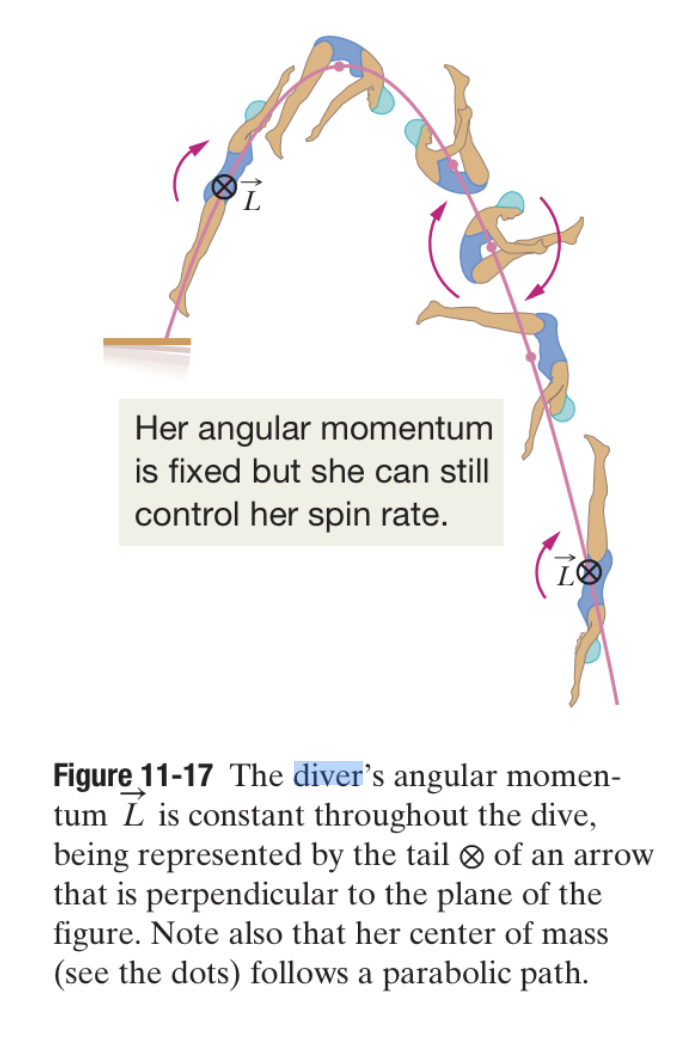To answer this question, we need to first talk about torque.
The formula for torque $T$ is given by $ \vec{T} = \vec{r} \times \vec{F}$, where $\vec{F}$ is the force acted on the body and $\vec{r}$ is the position vector. Note that there is a subtlety in this equation. The value of the torque depends on your reference frame. This can be easily seen as $\vec{r}$ changes from coordinate system to coordinate system. However, in general, this can be solved by decomposing the motion into motion about the Center of Motion and Center of Mass motion.
Let's look at the problem at hand. Imagine I am a bystander and the diver decides to jump. In my coordinate frame, the diver has a motion about its center of mass and the motion of its center of mass due to gravity. Now note that you are absolutely correct in the sense that there is a torque acting on the diver. However, this torque does not affect the motion about the center of mass. Gravity, generally, cannot make objects turn about their center of mass. The torque acting is actually affecting the motion of the center of mass. In this question, therefore, they are saying that the angular momentum about the center of mass is conserved, which is true as there is no torque.

